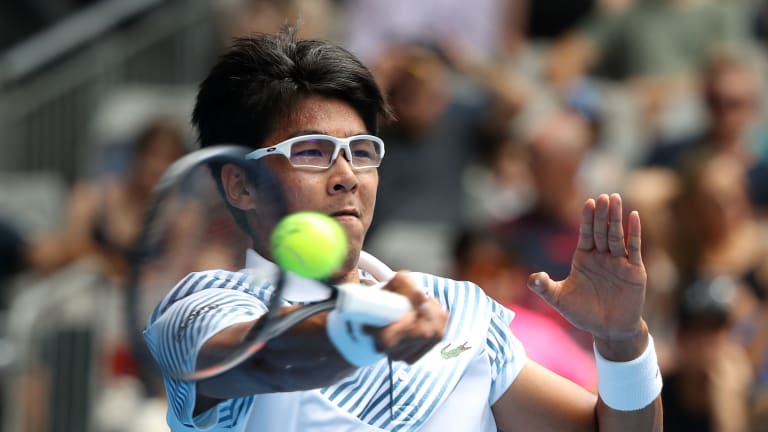The pro-tennis comeback trail has different paths: which one is right?
By Aug 07, 2019Davis Cup
Davis Cup Preview: Fritz, Tiafoe lead USA against Czechia in Delray Beach
By Sep 10, 2025US Open
Kei Nishikori will miss the US Open because of a back injury
By Aug 20, 2025Wimbledon
Casper Ruud, Arthur Fils to miss Wimbledon with ongoing injuries
By Jun 22, 2025Roland Garros
Jannik Sinner has found more rhythm with a new return position. Will it bring a Roland Garros title?
By Jun 04, 2025Top 5 List
Osaka-Badosa, Alcaraz-Nishikori and more: the Top 5 first-round matches at Roland Garros
By May 23, 2025Top 5 List
After Ruud’s win in Madrid, who are the new best men’s tennis players seeking their first "big" title?
By May 09, 2025Madrid, Spain
Coco Gauff joins Iga Swiatek in rallying to win Madrid opener
By Apr 24, 2025Stat of the Day
Kei Nishikori battles to milestone 450th win of career with opening victory in Madrid
By Apr 24, 2025Dallas Open
Frances Tiafoe, Ben Shelton eliminated in rough Dallas Open day session for Americans
By Feb 07, 2025The pro-tennis comeback trail has different paths: which one is right?
Some players ease into action, while others dive right back and face top-level competition.
Published Aug 07, 2019
Advertising

The pro-tennis comeback trail has different paths: which one is right?
© 2019 Getty Images
Advertising

The pro-tennis comeback trail has different paths: which one is right?
© Getty Images
Advertising

The pro-tennis comeback trail has different paths: which one is right?